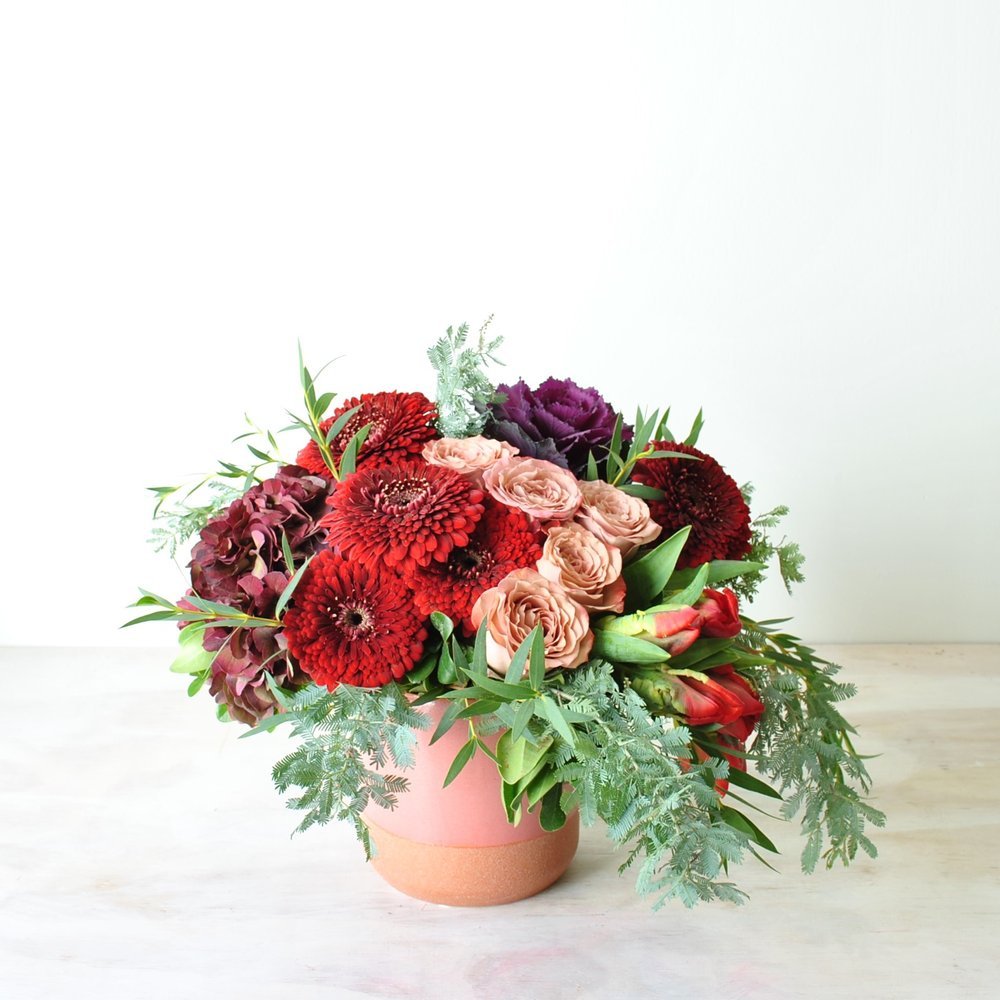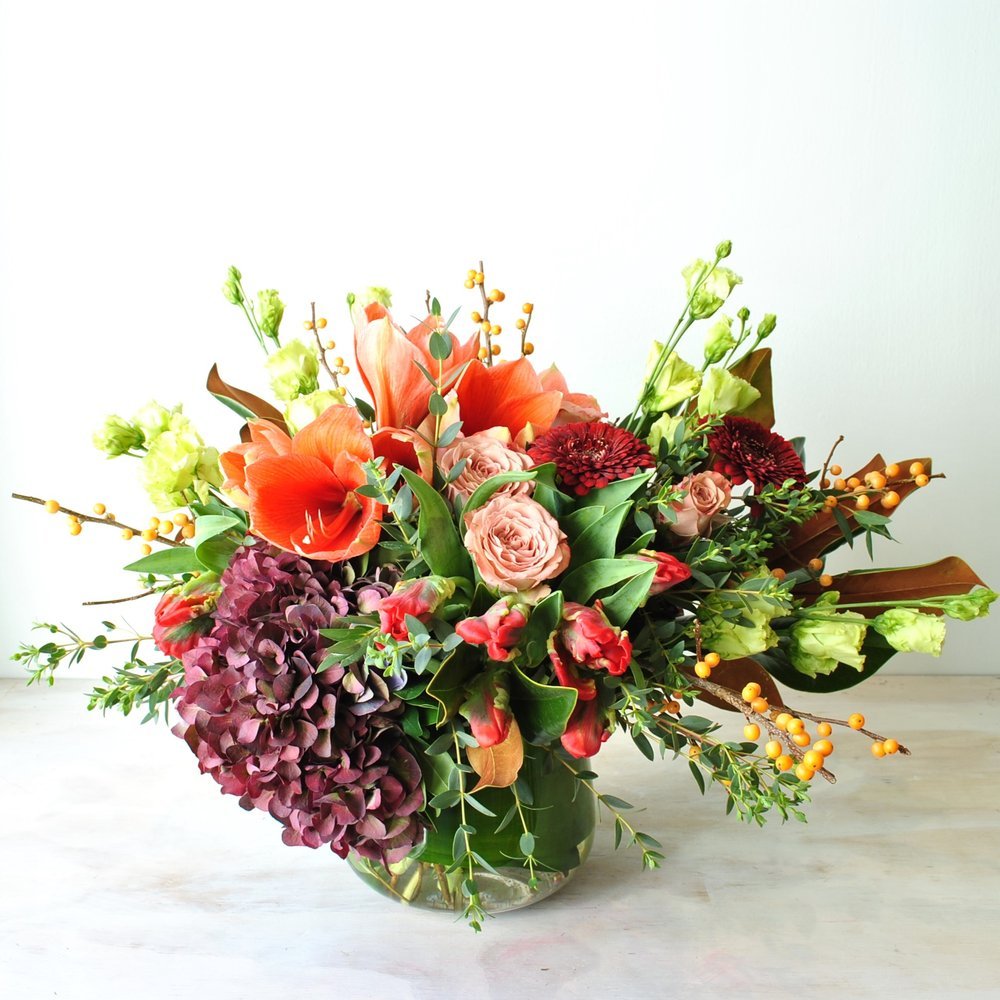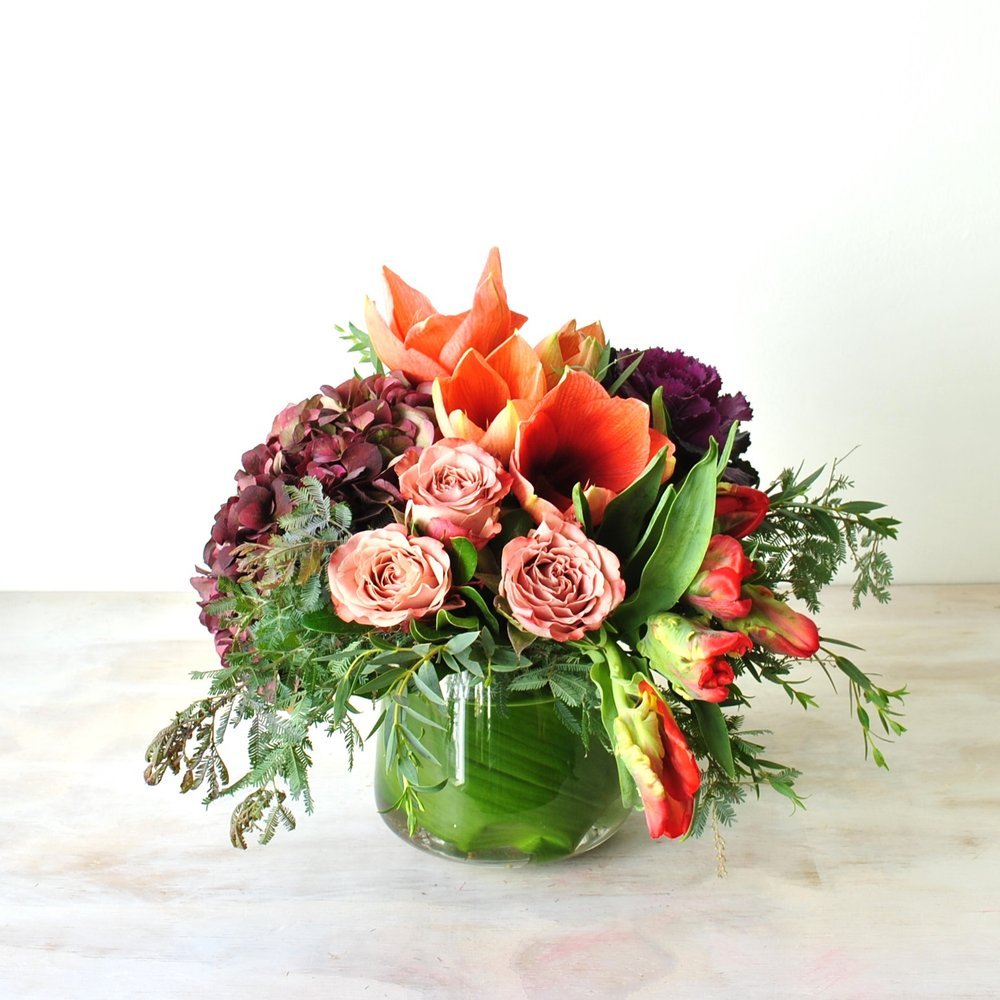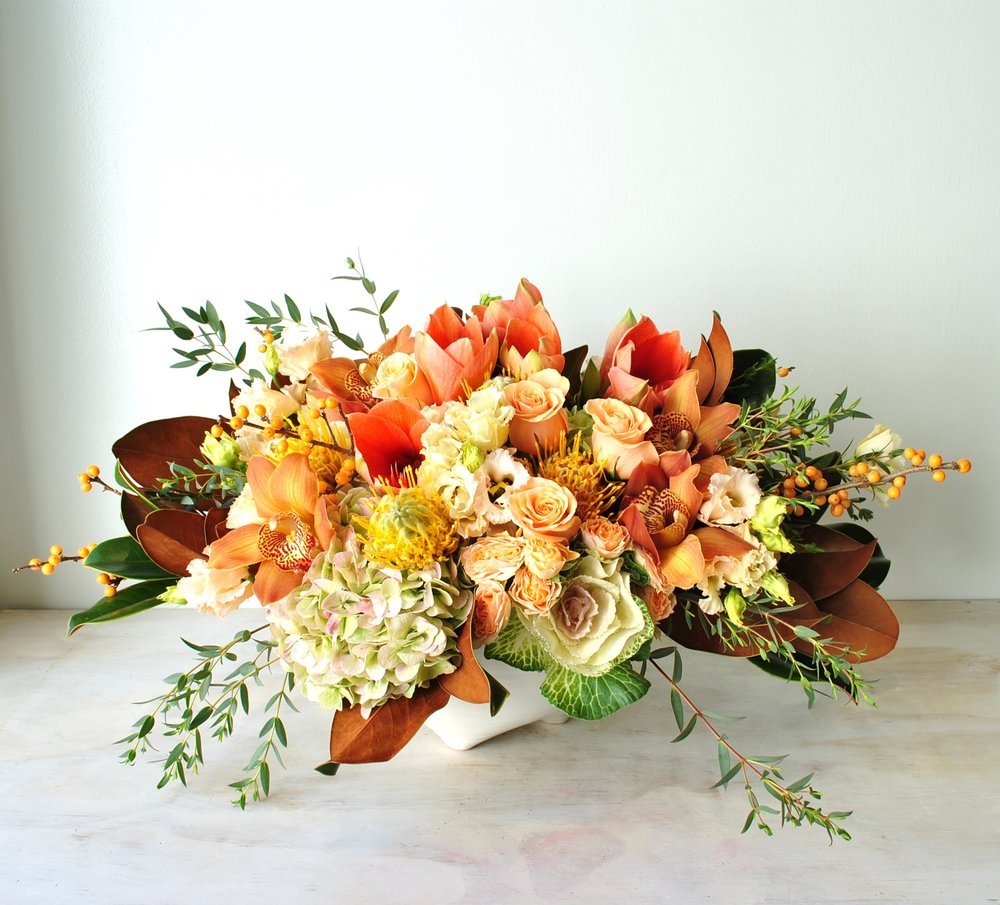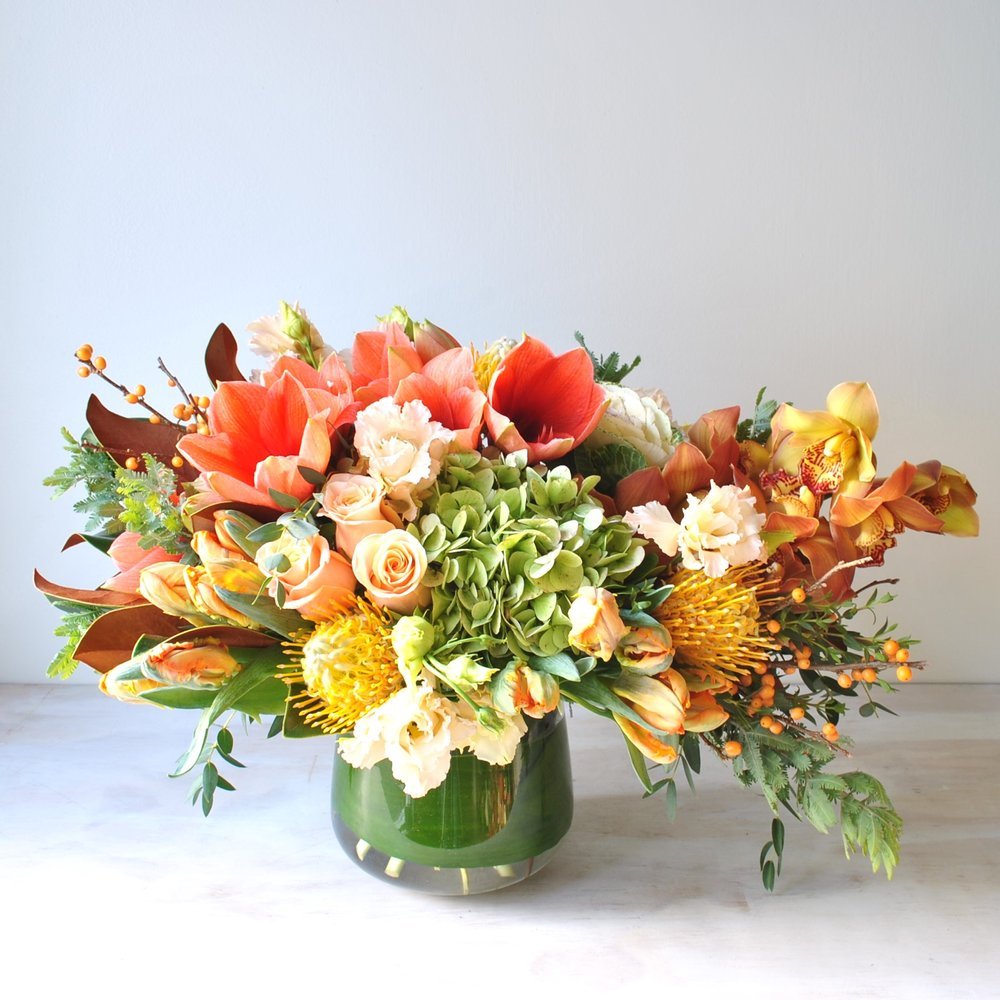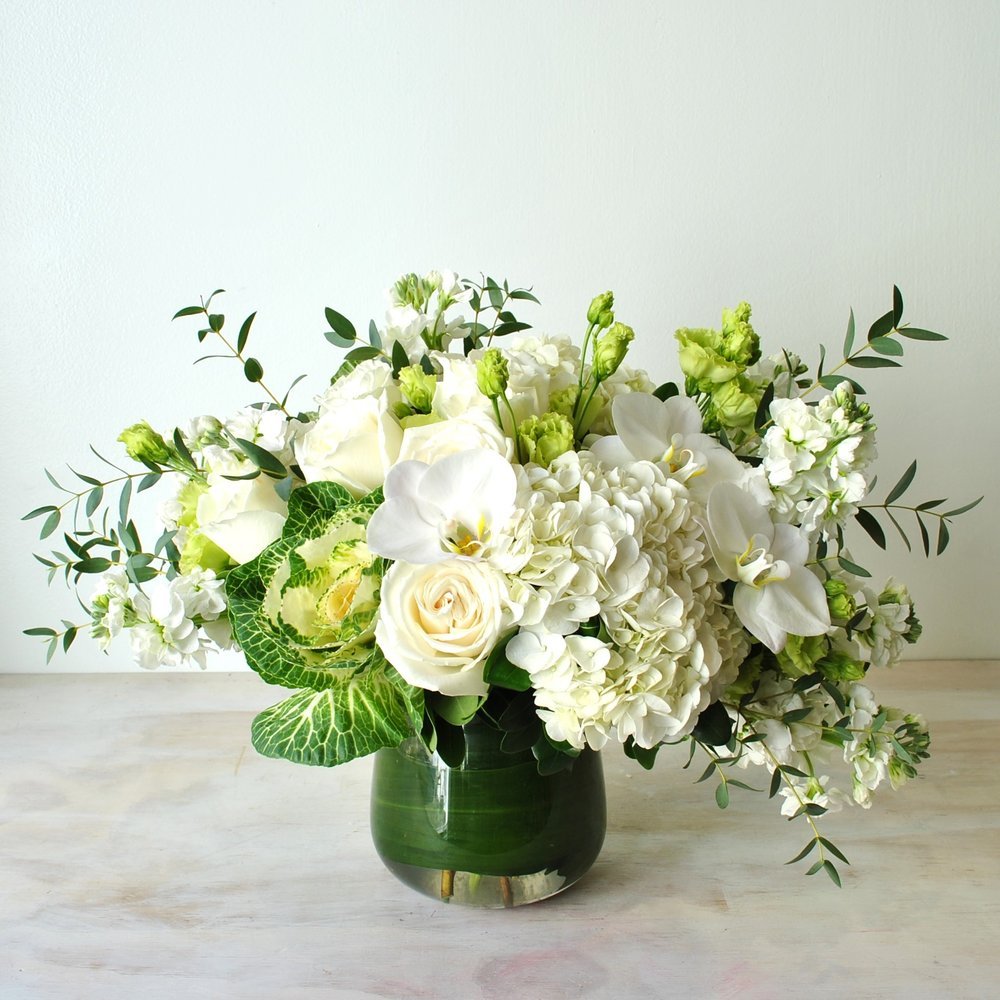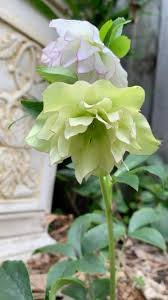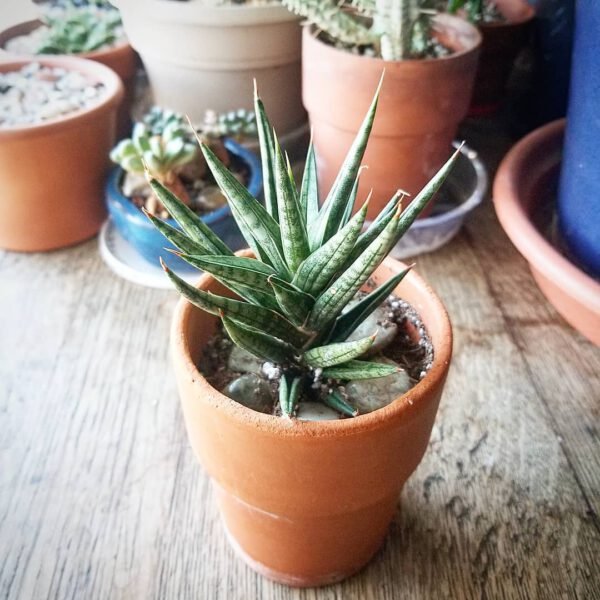Enjoy this quick read from Thursd!. on all pink houseplants!
For an unexpected flush of rosy color without relying on bright blooms.
Houseplants are a staple in most homes and for good reason—they filter the air and are a unique-looking (and living) piece of decor. But if you're looking to grow some indoor plants that are different from the rest, turn your attention to pink houseplants. These vibrant florae are often cultivars of the plants you know and love, like philodendron or prayer plants, but with an added colorful twist—they're pink. With speckled, striped, variegated, or mottled leaves, pink plants deliver an unexpected flush of rosy color to your house without relying on bright blooms.
It's Time for Pink Houseplants Instead of Pink Flowers
Millennial pink is a popular color trend that is super easy to bring into your home. Pink flowers are already known far and wide, but pink plants are also a surefire way to bring some unexpected color into the mix of your home decor. These plants often have some sort of texture or pattern that is both green and pink.
Pink houseplants deliver an unexpected flush of rosy color to your house without necessarily relying on bright blooms.
Photo by @jassuradke
Because pink and green are complementary colors, these houseplants with their pretty rosy leaves are especially eye-catching. Here are 15 pink houseplants that for sure will bring a bit of style and a lot of vibrance to your indoor garden.
1. Philodendron Pink Princess (Philodendron Erubescens)
The Philodendron Pink Princess is a green houseplant that is incredibly popular. As the name already reveals, this Philo is famous for its pink spots on the leaf, known as variegation, which can be yellow or white for some plants, or pink in the case of the Philodendron Pink Princess.
You'll find everything you need to know about this unique plant in the article: Pink Princess Philodendron - A Real Life Enchantress. Just be prepared to be totally amazed by its sheer beauty!
2. Pink Nerve Plant (Fittonia Albivenis)
Another pink houseplant favorite is the Fittionia. This variety of Fittonia is also known as Pink Angel and is a distinctive plant with dark green leaves that have brightly colored pink veins. Growing Fittonia Albivenis is very easy for beginners since it doesn't mind low light.
3. Crassula Pellucida Variegata Calico Kitten
Crassula pellucida variegata is a gorgeous-looking plant with heart-shaped variegated leaves. The leaves are a combination of different shades of green; from pale green to yellow-green, and different shades of pinks and creams. The leaves can take on hues of fuchsia and purple and can turn a deep purple color when the plant is very dry. The plant trails and looks great in hanging baskets or tall planters. They produce cheerful little white flowers.
4. Pink Jelly Bean (Sedum Rubrotinctum Aurora)
The Sedum rubrotinctum Aurora is a beautiful sedum species with beautiful colors. Like many other Sedum species, they all produce small leaves that resemble Jelly bean candies. The colors of the Sedum rubrotinctum Aurora vary throughout the year. This is mainly due to the temperature, amount of water, and sunlight.
5. Anthurium Tickled Pink (Anthurium Andraeanum Tickled Pink)
Next on the pink houseplants list is Anthurium Tickled Pink. This plant is an all-time favorite and Anthurium with fluorescent pink blooms and purplish stamen mounted on tall 12-inch shafts that stand well above the unusual curly-que leaves. Tickled Pink opens to a spathe in rich pink-magenta hues with dark purple edges that mature in a beautiful shade of fluorescent pink.
6. Pretty Pink Caladium (Caladium Bicolor)
This striking variety prefers dappled or full shade and, in return, presents an exhilarating wash of gorgeous pink color. Its massive, heart-shaped leaves create a lasting impact on your home. Striking green central veins and borders characterize the refreshing, translucent pink leaves. Although this cultivar can maintain its beautiful color and texture all season, it can "burn" with high light.
7. Rose Painted Calathea (Calathea Roseopicta Rosy)
Calathea roseopicta Rosy is true to its name, with gorgeous, pink-centered leaves, bordered with a deep, dark green that offsets and compliments as only nature knows how. A truly beautiful Calathea. As with most variegated plants, Calathea needs plenty of diffused light however direct sunlight will cause the leaves to fade and lose their markings. They can tolerate some degree of shade, but the better the light conditions, the more you will be rewarded by fine foliage.
8. Pink Rubber Plant (Ficus Elastica Tineke)
The Ficus elastica Tineke is also known as a rubber plant. This is because its deep, dark-green leaves used to be used for the extraction of rubber. The difference between this Ficus and the Ficus elastica Robusta lies in the foliage. Whereas the Robusta has even, dark green leaves, the Tineke’s leaves also have lighter parts, creating lovely foliage. The rubber plant has a strong air-purifying effect and requires little care, making it hugely popular as a houseplant.
9. Perle Von Nurnberg (Echeveria Perle von Nurnberg)
Of course, succulents had to make the list of pink houseplants too. Perle von Nurnberg is a beautiful evergreen gray succulent that turns pink and purple under full sun. It has pink flowers with yellow interiors that bloom in the summer. It is one of the most prolific succulents, making it very easy to propagate.
10. Snow White Waffle Plant (Hemigraphis Alternate)
The snow-white waffle plant is native to Indonesia and India. It can also be found in other warm tropical areas such as Florida. These plants come in a few different variegations from white and purple, to deep red and even a metallic-like green. Due to its tropical origin and vibrant colors, it’s a great plant for a terrarium but can also be kept as a houseplant with the proper care.
11. Pink Symphony (Caladium Pink Symphony)
Pink Symphony puts forth foliage with a pale pink background and spring-green veining. A favorite among pink houseplants, that is valued for its multi-colored, large, arrow-like leaves. Foliage comes in colored bands and blotches of red, rose, pink, white, bronze, and green.
12. Pink Polka Dot Plant (Hypestes Phyllostachya)
The polka dot plant is an eye-catching little plant with brightly spotted leaves that stand out against most other foliage. The most common polka dot plant on the market features leaves with a pink base color and green spots. But there are several other varieties available that are spotted or mottled with purple, white, red, and more.
13. Syngonium Pink Neon (Syngonium Podophyllum Neon Robusta)
Syngonium podophyllum Neon Robusta is an ever-green climber belonging to Africa. The plant is a popular indoor decorative vine and forms hanging baskets, terrariums, and table pots. The leaves have an iridescent pink shade on the upper side with a pure green color underneath. Arrow-head juvenile leaves grow to get a mature multi-lobed appearance. The compact plant body grows dense, branchless stems having aerial roots or nodes for climbing. This low-maintenance and easy-to-propagate plant is suitable even for beginners.
14. Earth Star (Bromeliad Cryptanthus)
Cryptanthus bromeliads are rather funky-looking houseplants with stiff, slightly coarse leaves. Also known as earth star due to its interesting shape, the species is available in countless colorful and less colorful varieties. As a bonus, they are not too difficult to care for at all when provided with the right conditions.
15. Pink Mother of Millions (Kalanchoe Pink Butterflies)
This Kalanchoe is also commonly known as the Pink Butterflies. The succulent is known to be a colorful variegated form of the Kalanchoe x Houghtonii. The plant's main feature is the leaves which are mostly dark green with brown dots. The edges of the plant are covered by beautiful pink-looking flowers.
This succulent thrives in bright light, thus it is an ideal choice for sunny windowsills. Its cheerful pink flowers are perfect for brightening up living spaces, dining areas, or even offices. Easy to care for, it adds a colorful touch of nature without demanding much attention.

























